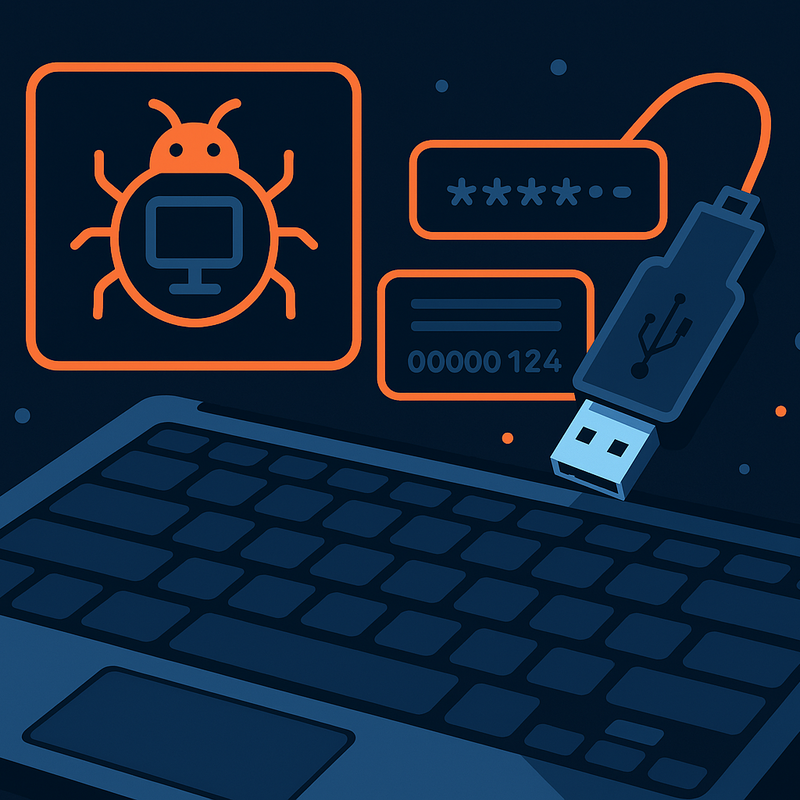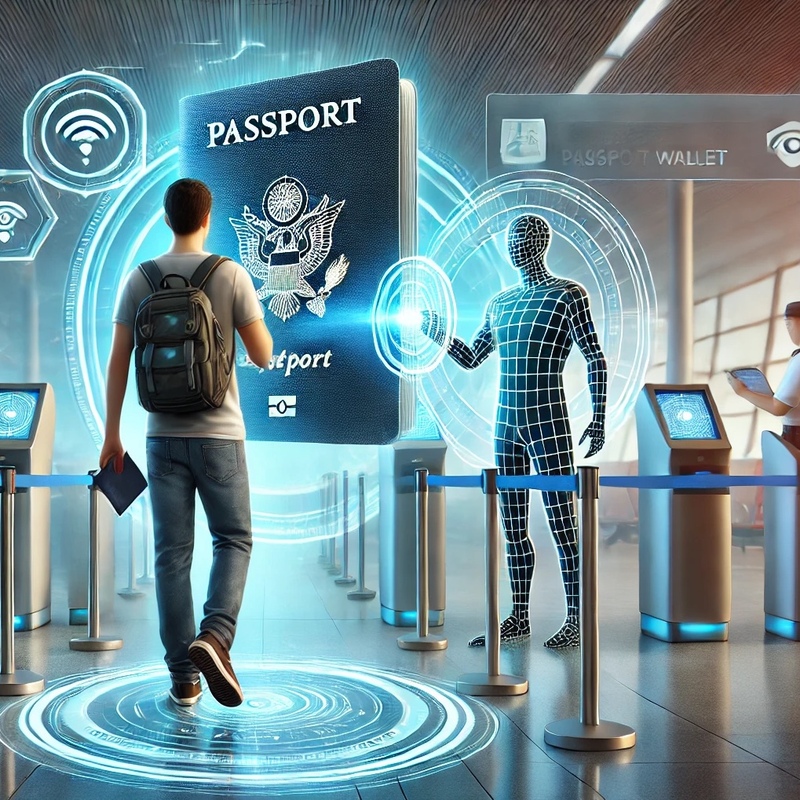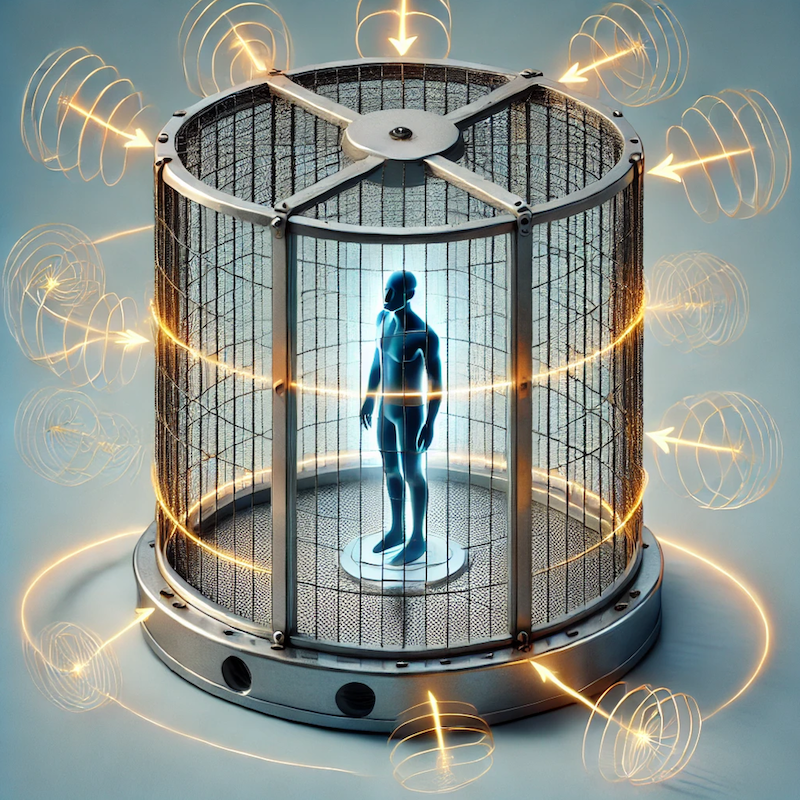A keylogger is software or hardware designed to record every keystroke on a computer keyboard. These tools can be misused to steal sensitive information such as passwords, credit card numbers, or personal data, often without the user’s knowledge. Types of keyloggers There are two main categories of keyloggers: software-based and hardware-based. Software keyloggers are programs that run in the background of an operating system, monitoring and recording keystrokes. They are often part of malware or spyware and can spread via infected emails or malicious websites. Hardware keyloggers are physical devices connected between the keyboard and the computer that log keystrokes. These devices are typically inconspicuous and hard to detect because they do not require software installation and are not picked up by standard antivirus programs. Keylogger distribution methods Keyloggers can enter a system in various ways. They most commonly spread through phishing emails, malicious websites, or...
Blog
The Hidden Impact of Late-Night Phone Use Most people can’t imagine their evenings without scrolling through their phone before bed, but this habit may be doing more harm than good. Late-night phone use interferes with sleep quality, making it harder to fall and stay asleep. The blue light emitted from screens disrupts melatonin production, tricking the brain into thinking it’s still daytime. This throws off the body’s natural sleep cycle, leading to restless nights and sluggish mornings. Why Your Phone Keeps You Awake Beyond blue light exposure, the dopamine-driven nature of smartphones keeps the brain alert when it should be winding down. Scrolling through social media, reading emails, or playing games stimulates the brain, delaying the natural transition to sleep. Even when phones are set to ‘Do Not Disturb,’ the subconscious habit of checking for notifications can keep users from fully relaxing. Why Software Adjustments Aren’t Enough Many people try to mitigate these effects b...
In today’s digital age, cars have evolved from simple mechanical machines into highly sophisticated computers on wheels. With the increasing reliance on electronic systems and wireless technology, car hacking has transitioned from science fiction into a real and growing threat. Car hacking refers to the exploitation of vulnerabilities in a vehicle’s electronic systems to gain unauthorized access or control. What once seemed like a movie plot has now become a serious concern for car owners worldwide. The Growing Threat: Understanding the Numbers Recent statistics reveal the alarming rise of car hacking incidents: • Between 2018 and 2019, automotive hacking incidents in the U.S. increased by 138%, proving that this is no minor concern—it’s an evolving cyber threat (Motor Illustrated). • In 2021, car cyberattacks surged by 225% compared to 2018, and shockingly, 85% of these attacks were conducted remotely (ISRAEL21c). These numbers illustrate a clear reality—car hacking is not just...
Traveling abroad is an exciting opportunity to explore new places and cultures. However, one of the most critical items you carry is your passport, which contains sensitive personal data. If lost or stolen, your passport could be used for identity theft and fraud. This article explains what makes your passport a high-value target, the risks of compromised passport data, real-world cases of passport-related theft, and effective ways to protect it. What’s Inside Your Passport? Your passport is more than just a travel document—it contains: • Full legal name • Date and place of birth • Passport number • Issuing country and expiration date • Biometric data • Physical description (height, hair, and eye color) • Digital photograph • RFID chip with encrypted personal data Because all this information is stored in one place, a passport is a prime target for identity theft. The RFID chip, in particular, can be vulnerable to unauthorized access by attackers using specialized scanning...
The Faraday cage, named after the English physicist Michael Faraday, was introduced in of the previous articles. It is a device designed to protect people or equipment from electric fields. It uses an enclosed metal structure that blocks the electric field and prevents it from affecting objects inside the cage. The Faraday cage is used in many areas of science, technology and everyday life. Some examples of applications will be given in the following paragraphs. Protection of electronics against electromagnetic radiation Nowadays, when data transmissions and sensitive electronics are increasingly vulnerable to electromagnetic fields, the Faraday cage is commonly used to protect electronic devices. For example, special rooms equipped with Faraday cages are used in laboratories and research facilities to protect electronics from interfering signals. These cages are often made of copper or aluminium mesh and are designed to prevent electromagnetic interference, which is particularly imp...
NFC (Near Field Communication) and RFID (Radio-Frequency Identification) technologies have become an integral part of our daily lives. These technologies allow us to make contactless payments, access services or transfer data conveniently and quickly. However, with their growing popularity come new threats such as NFC and RFID skimming, methods that attackers use to steal data in your vicinity. What is NFC and RFID skimming? NFC skimming is a form of data theft in which an attacker uses NFC technology to steal information from your devices, such as credit cards or smartphones. NFC works over a very short distance, usually within a few centimetres, which allows attackers to stealthily approach close to you and capture data without your knowledge. How does NFC and RFID skimming work? Unlike other types of skimming, NFC/RFID skimming does not require extensive technical knowledge and the attacker can even make do with his mobile phone if it has an NFC/RFID reader. The reader can also ...
Cybersecurity is a key issue for companies and individuals today. With the growing threats in the digital world, it is important to always stay one step ahead of potential attackers. One way to achieve this is by regularly conducting penetration testing. But what exactly is penetration testing and why is it so important? What is penetration testing? Penetration testing, often abbreviated as pentest, is a simulated cyber attack on a system, application or network to identify vulnerabilities that could be exploited by real attackers. The testing is conducted by cybersecurity experts who attempt to penetrate the system using the same methods that hackers might use. That's why these experts are also called ethical hackers. Their goal is not to cause harm, but to expose vulnerabilities before someone with malicious intent discovers them. Penetration testing can include different types of attacks such as: Network attacks: Testing for weaknesses in network infrastructure such as fi...
Among the most common questions we answer is definitely the most basic question - what is the Faraday bag suitable for and what situations should it be used in? Not only on our e-shop, you will find a lot of information about Faraday bags being suitable for law enforcement officers who primarily need to ensure that essential data is not deleted when transporting devices of interest. However, this is not the only use, and the Faraday bag is also suitable for the average user who likes to protect their privacy. We have therefore decided to describe some situations in this article. We certainly don't need to remind you that nowadays electronic devices are an indispensable part of our every day and due to frequent interactions, we store very sensitive personal and professional information on them. This is, of course, very convenient, but only until our sensitive data is illegally obtained or altered. And that you have nothing to hide? You don't want anyone to be able to look through famil...
In today's technologically advanced world, we face many challenges regarding electromagnetic interference and the protection of sensitive electronic equipment. One of the most important and effective tools to protect against these problems is the Faraday cage. This article will focus on the principles, history and modern applications of the Faraday cage. What is a Faraday cage? A Faraday cage is a device designed to block the electromagnetic field. It is named after the British scientist Michael Faraday, who was introduced in our previous article. The cage is made up of a conductive material that surrounds a certain space and protects it from external electromagnetic fields. Its principle is based on the fact that electric charges redistribute across the surface of the conductor, creating an opposing field that cancels out external electromagnetic effects inside the cage. The history of the Faraday cage Michael Faraday, the eminent 19th century physicist and chemist, discover...
Michael Faraday is one of the outstanding scientists of the 19th century, whose work fundamentally influenced the development of modern physics and chemistry. Although he had no formal education in the field, his enthusiasm, curiosity and determination led him to make discoveries that laid the foundation for many of the technologies we encounter every day. Early life and the path to science Faraday was born on 22 September 1791 in Newington Butts, an area that is nowadays a part of London. His family was poor and Faraday could not devote himself to education, as he had to work from the age of thirteen. He was apprenticed to a bookbinder with his employer and through his work he had access to many books which he read and studied with great interest. He was particularly fascinated by science, which led him to attend the lectures of the famous chemist Humphry Davy, with whom he later worked as an laboratory assistant. He also accompanied him on scientific trips around Europe, where he c...






-1.jpg)
-1.jpg)

-1.jpg)
.jpg)








